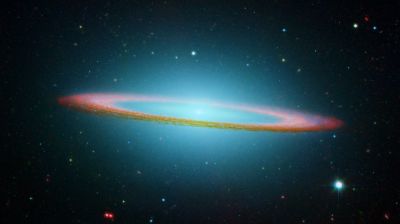To trace the origins of Earth and life in the Universe, EU-funded scientists studied planet formation and evolution, including the material around stars where planets form.
The key issue of the EU-funded project 'Unfolding the evolution of planetary systems' (PLANES) was to understand how the evolution of host stars may affect the architecture of planetary systems. Scientists also sought to understand if planets' engulfment has in turn an impact on the evolution of stars.
Observations and theoretical studies suggest that planetary systems surviving the ageing of the host star through the main sequence and then the star's giant phase suffer orbital changes before they become stable in the next white dwarf stage. Planets orbiting close to giant stars may be swallowed by the expanding stellar envelope.
Next, PLANES scientists studied the competing effects of the increase of planets' orbit radii as the star loses mass and the tidal forces arising from the stars' convective envelopes.
For gas giant planets, tidal forces are strong enough to pull them into the stellar envelope. Lower-mass planets feel weaker tidal forces. Only planets with increasing orbit radii can survive stellar evolution.
PLANES scientists also found that the existence of small planets late in stars' lives depends on the metallicity of their star but not as strongly as larger planets. In the case of low metallicity, there is likely not enough heavy elements – more massive than hydrogen and helium – to build up large cores, leaving only small rocky worlds.
However, planet formation is intrinsically connected to chemical as well as physical properties of the host star and its circumstellar material. New stellar evolution models include magnetic processes, like the magnetic interaction between stellar cores and their envelopes that are crucial to explaining observations.
Armed with simulations reproducing the rotation speeds observed in the evolution of main sequence stars, PLANES scientists started to assemble a picture of planetary nebulae formation.
A better understanding of late stellar evolution and how it affects planet survival is expected to impact many fields of astronomy, including the search for life elsewhere.

